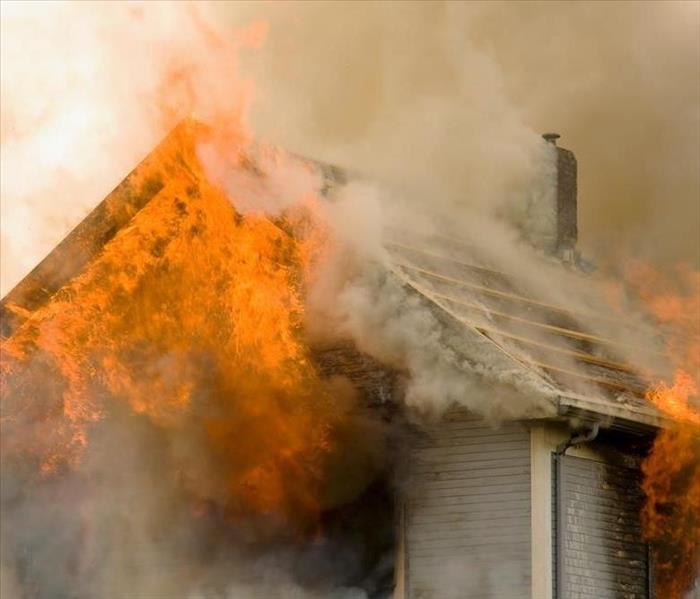Fire Insurance: What Is and Isn’t Covered
3/14/2022 (Permalink)
In 2020, the National Fire Protection Association reported 490,500 structure fires in the United States. While a professional fire damage company will have the expertise, tools and equipment to return your home to like new, the insurance process behind the scenes to make that happen may get confusing. That makes it important to understand what is and isn’t covered by a homeowners insurance policy. While each policy is different, they typically have similarities. Understanding the basics makes it easier and smoother to handle the aftermath of an unexpected event in your North St. Paul, MN home.
What Does Fire Insurance Protect?
In most cases, there are three protected items:
Main Dwelling: This covers the house itself and attached structures, such as a garage or porch, for any smoke or fire damage.
Detached Structures: Any sheds, fences, detached garages or other structures should be covered. In some cases, the landscaping may be included as well.
Personal Property: Many of your belongings are protected. This may include clothing, appliances and furniture. Content loss isn’t as cut and dry. Often, policies will cover between 40% to 75% of losses.
Types of Fires Covered and Not Covered by Insurance
Like with many things in life, not all fires are considered equal. Depending on the source of the home fire, your claim may be rejected. In most cases, your insurance will cover the following types of fires:
Chimney Fires: As long as the wood-burning stove or fireplace is well-maintained and free of hazards, it should be covered.
Electrical Fires: This includes power surges, short circuits or faulty wiring that causes a fire to break out.
Accidental Fires: From a lit candle to falling over, a grease fire or a dry Christmas tree igniting, most policies include these unexpected events.
Wildfires: Damage from these are covered but only if you live in an area that is not prone to them.
While insurance is usually a vast umbrella that covers quite a bit, there are situations in which filing a claim may actually cause you more problems. Arson and vandalism by the homeowner are never covered. If a claim is made, the person making the claim will likely be penalized and may face legal issues. Any fire claim is thoroughly investigated, so the odds are never in an arsonist’s favor.
Another situation that will likely be denied is a vacant home fire. If the home has been vacant for more than 30 days, the liability falls under the homeowner for not adequately protecting the home. A vacant property is considered one that has no occupants or personal belongings. If you are planning to sell a home and know that it will sit vacate until sold, there is additional insurance that can be purchased to cover potential damage from fire, vandals and other unexpected situations.
While no one wants a home fire to break out, the statistics show that it happens more than people would like it. Being prepared to handle an unexpected event means understanding your homeowner's insurance policy. By knowing what is and what isn't covered, it makes it easier to navigate the claim.

 24/7 Emergency Service
24/7 Emergency Service
